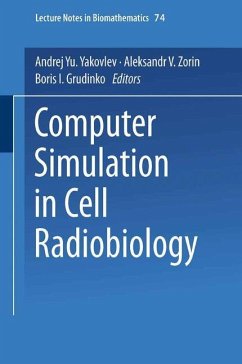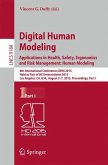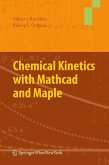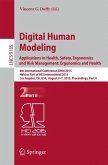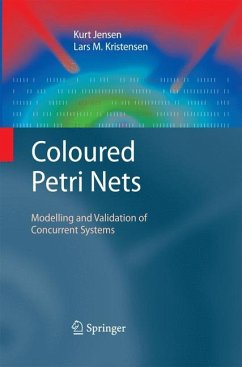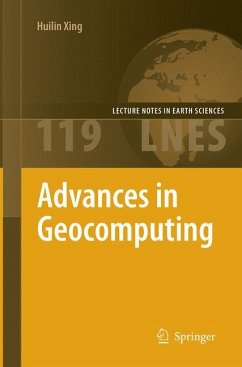The search for ways to overcome tumour radioresistance is a major problem of experimental and clinical radiation oncology. The diffi culties involved in the attempts to solve this problem are a matter of common knowledge. In many a laboratory extensive studies are un derway of factors determining tumour tissue response to irradiation and of methods for exerting directional effect upon those factors. Such studies have revealed that, at least at the cellular level, a considerable number of factors manifest themselves which are respon sible for radiation effect (1] Among those are: spatial heteroge neity of tumour cell population producing radioresistant cell reser ves (hypoxic cells of solid tumours); differing radiosensitivities of cell life cycle phases; intrinsic dynamics of the processes of radi ation damage and postradiation cell recovery; induction of prolifera tive processes in response to the death of some cells within the po pulation; the stochastic nature of cell kineticsand complicated in teraction between individual cell subpopulations corresponding to di fferent tumour loci. Questions arise as to whether the researchers are now in possession of adequate means for interpreting experimental findings and clinical evidence and whether there are procedures for performing complex analysis and predicting specific tumour responses to various irradiation regimens and to combined antitumoral effects, taking into account the complexities of the phenomena under study.

